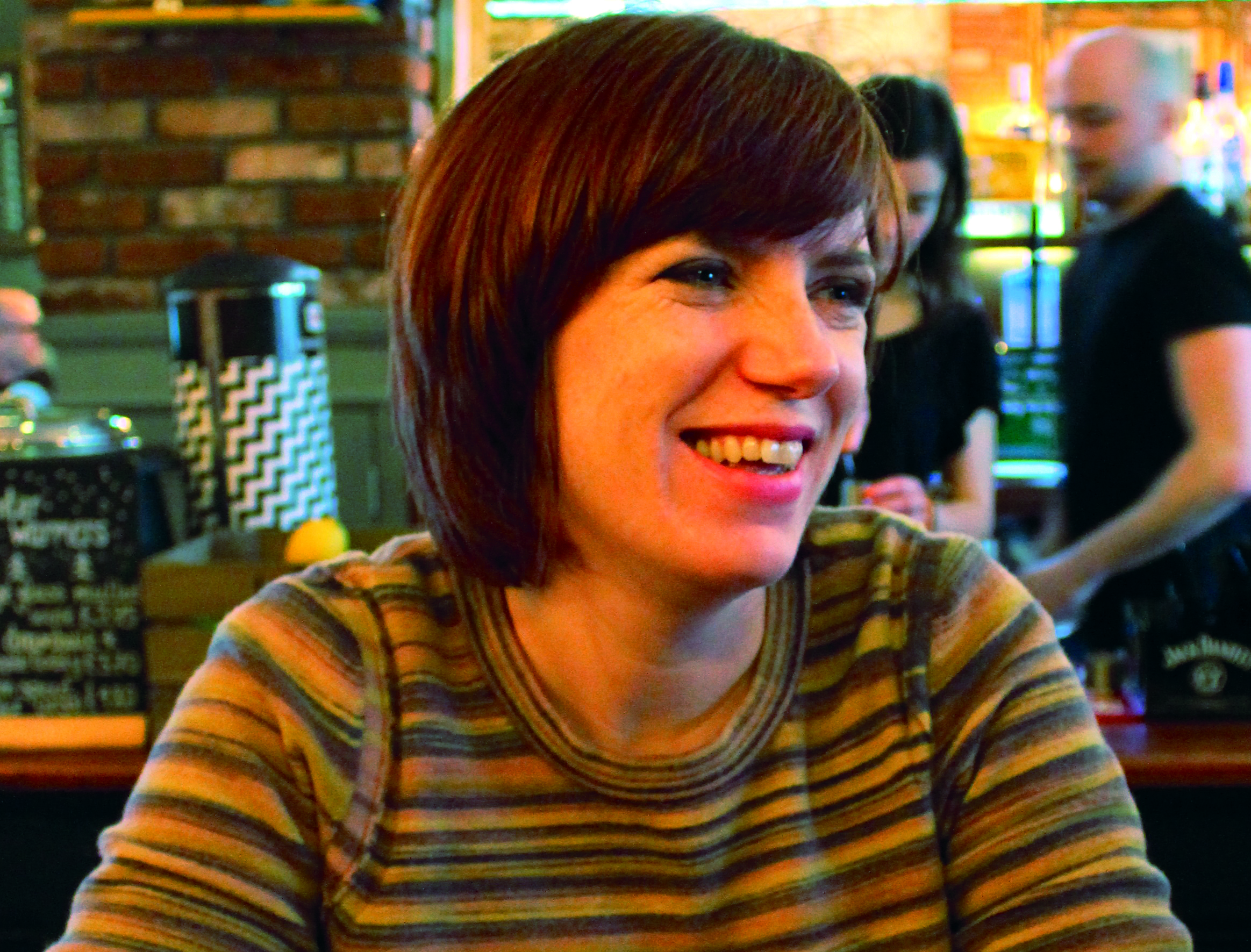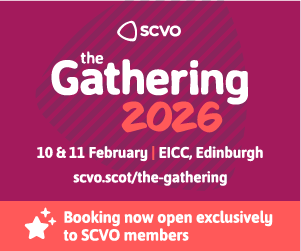Third sector health bodies claim social isolation is a major problem for people with bad health in Scotland's poorer communities
Social isolation and poverty are major contributing factors to health inequality in Scotland, charities have said.
A total of 91% of voluntary health organisations taking part in new research for Voluntary Health Scotland said that social isolation was a major issue underpinning health inequalities and 71% highlighted poverty as a key issue.
“Parents can’t afford the bus fare to take their children to the GPs” one third sector staff member told researchers.
The research, which has been published in VHS’s Living the Gap report, suggests that barriers to accessing services and stigma also contributes to a 13-year gap in life expectancy between Scotland's richest and poorest men.
However, Scottish voluntary organisations are making a meaningful difference to people who are struggling with poor health in Scotland, the report found.
The sector is particularly good at building strong trusting relationships with people in local communities who are often distrustful of statutory services.
It also helps people overcome discomfort about accessing services and other barriers to better help by providing information and referring people onto mainstream health services.
A lot more work needs to be done to optimise the impact of the health charities - Claire Stevens
Voluntary organisations are also good at helping people to manage their own health and prevent more serious health conditions occurring.
Claire Stevens, chief executive of VHS, said: “Living in the Gap shows a voluntary health sector working with the most vulnerable people and supporting them to address critical issues and to make progress in their lives. What we find is a varied and committed sector making a difference, including helping families to stay together, reducing self-harm and suicide and maximising incomes among the poorest families.”
However the report also found a number of challenges facing voluntary organisations that provide health services. Almost all organisations involved in the research highlighted access to funding as a main issue.
Organisations are also struggling to explain the value of their work and don’t feel they are getting enough support to demonstrate this.
Increased demand for their services in communities with high-levels of need was also highlighted as a major challenge.
“A lot more work needs to be done to optimise the impact of the health charities,” said Stevens. “The report also finds issues with partnership working between public and voluntary sectors and a lack of understanding in the public sector of what the voluntary sector does and what it can offer. VHS will be putting the spotlight on these issues over the next three years in order to support the voluntary health sector to be as effective as it can be.”
Scotland’s Health and Social Care Academy has also recently published at think piece on health inequalities in Scotland, The Right to Health.
In it Ian Welsh, chief executive of the Health and Social Care Alliance, suggests that viewing access to health services as a human right will help deliver better services to all Scots.
“The link between Scotland’s health inequalities and human rights offer the state both a warning and an opportunity,” he says.
“Human rights are about everyone being equal in value. However, as life expectancy differs in different parts of the country, with different characteristics or experience, we continue to infringe on people’s human rights. Utilising the right to health and transforming it into a tool for change offers us an opening to break the chain and begin to adequately design better responses.”
Case study: Fife Society for the Blind
Annual income
£900,000; 14 staff; 100 volunteers
Fife Society for the Blind (FSB) has a register of 4,750 people with sight loss in Fife and the surrounding area. Its work is crucial in helping them to maintain their independence, sustain physical and mental wellbeing and prevent social exclusion.
Its social work team provides a needs assessment with people who are newly registered blind and works with them in their homes to provide tailored rehabilitation as well as identifying support to aid recovery and improve quality of life.
Sight loss often goes hand in hand with other health conditions and sight-associated barriers to information and services can make it harder for people to self-manage their condition.
FSB responds quickly to trends and issues from providing practical information on what to do when it snows to embracing the opportunities found in developing technologies. Its work on adapted smart phones and tablets, for example, provide social and practical solutions for people who feel isolated or lonely.
“I’ve been involved with FSB for my whole life,” explains Helen. “I was born blind and my parents didn’t know what to do with a blind babe or how to interact; what I would respond to. They taught my mum about tactile games and books so she could play with me… as a child I did things like mobility training, cooking skills and participatory sports through FSB. At school I was in the young person’s activity group… Later I did my work experience there… Finally, they gave me the training I needed for work.”







